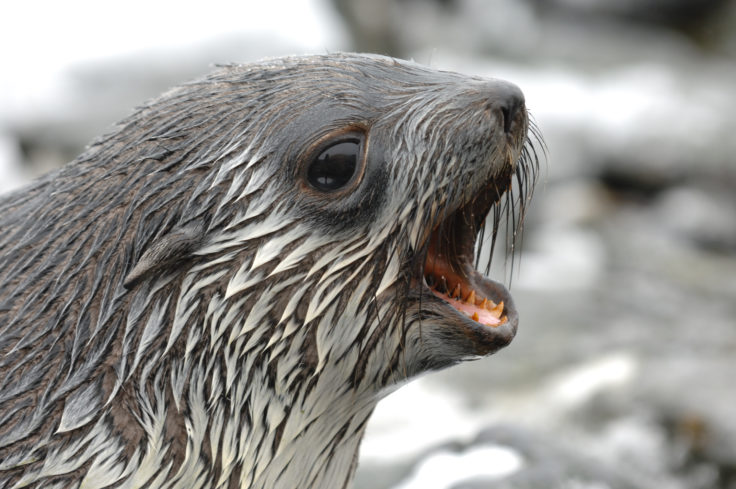Protecting seabirds and mammals
A new study published this week (7 January 2020) identifies a need for fishery managers to adopt clear objectives for the protection of seabirds and mammals. It is published in the Wiley journal Fish and Fisheries.
An international team of researchers, led by Dr Simeon Hill of British Antarctic Survey, examined six fisheries in three oceans – the Pacific, Atlantic and Southern Ocean. In each case there is a well known risk that fishing could impact seabird and mammal populations by removing some of their food. Many of these populations are monitored, however, only one fishery has a clear objective for a monitored population.
Dr Hill says: “Most countries have signed international agreements to conserve the predators like penguins, seals, pelicans and kittiwakes that feed on fished species. For example the Aichi biodiversity targets say that fisheries impacts on predators should be within ‘safe ecological limits’ by 2020. We can’t be sure that impacts are within these limits because, in the majority of cases, fisheries managers have not yet defined what ‘safe ecological limits’ means. Defining clear objectives for predators will improve the management of fishery impacts”.

The study identifies the characteristics of suitable “reference points” – statements of objectives that can be used to control fishing activities. Changes to population size might indicate that an impact has already happened, but management should aim to prevent impacts. Consequently, reference points should be based on information that provides an early warning of impact risk, such as changes in annual breeding success. Fishing activities should be controlled to maintain populations above agreed reference points.
Dr Norman Ratcliffe, a British Antarctic Survey seabird specialist who contributed to the study adds:
“Seabird populations are sensitive to fluctuations in prey stocks, so it is essential fisheries set objectives that allow for their nutritional requirements. Even so, climate-induced variability in stock sizes may still cause seabird breeding failures or population declines, but at least the additional impact of prey removal by humans will be better managed. Closer cooperation between ecologists and fisheries biologists will allow us to improve understanding of the relative effects of natural variability and fishing pressures on marine foodwebs.”
Dr Hill continues: “British Antarctic Survey has a strong scientific interest in the Antarctic krill fishery, as krill – a small shrimp-like crustacean – is the staple diet for many fish, birds and mammals. Here fishery managers try to limit impacts on seabirds and mammals by setting very low catch limits. This is sensible, but it is never clear whether it achieves management objectives for seabirds and mammals because the managers have not defined these objectives. The managers have asked scientists to develop an improved management system. A clear statement of objectives would greatly help this development.”
Reference points for predators will progress ecosystem‐based management of fisheries by Hill, SL, Hinke, J, Bertrand, S, Fritz, L., Furness R.W., Ianelli, J.N., Murphy, M., Oliveros-Ramos, R, Pichegru, L., Sharp, R., Stillman, R.A., Wright, P.J., Ratcliffe, N. (2020) is published in the journal Fish and Fisheries.
The paper is available online at https://doi.org/10.1111/faf.12434